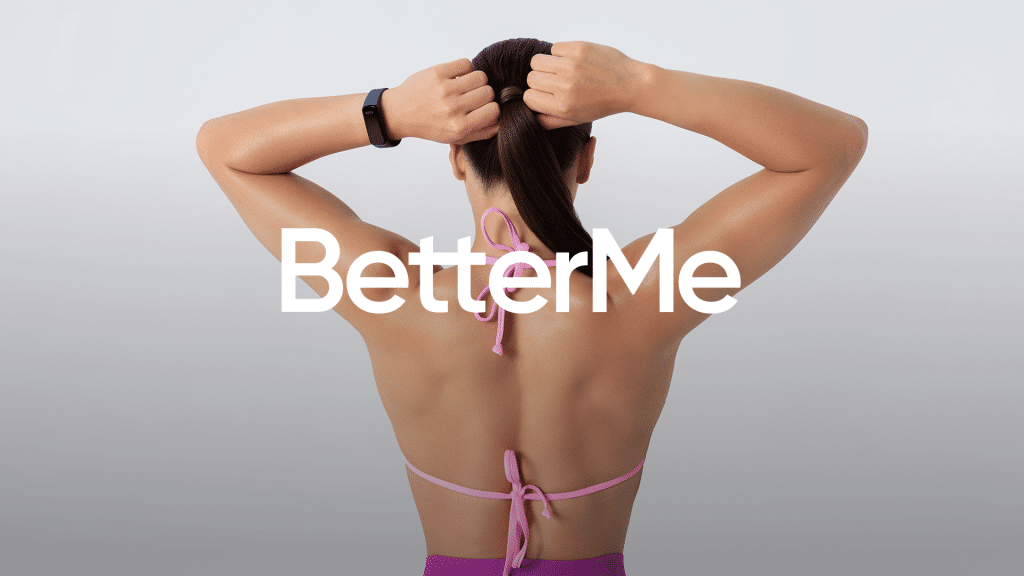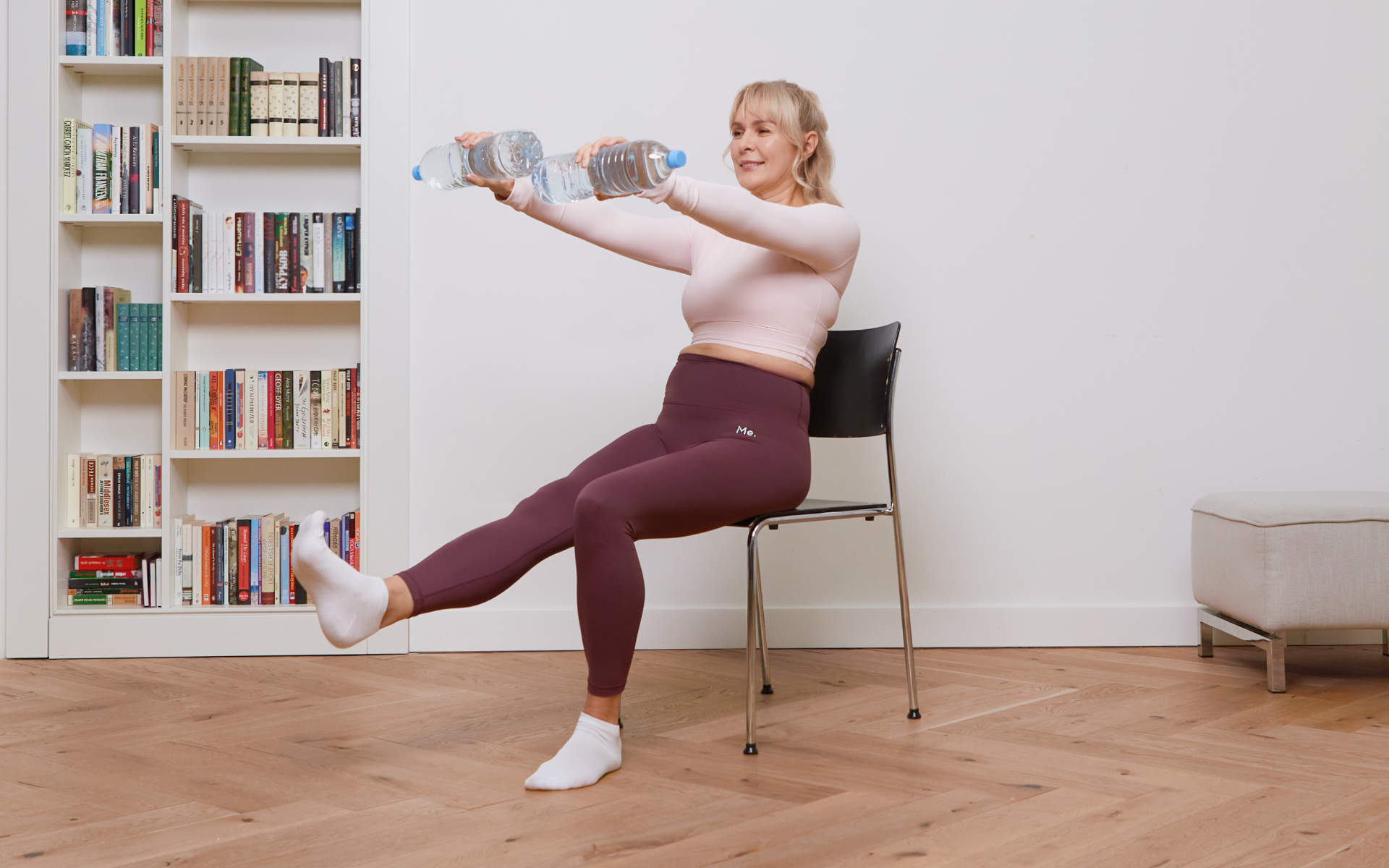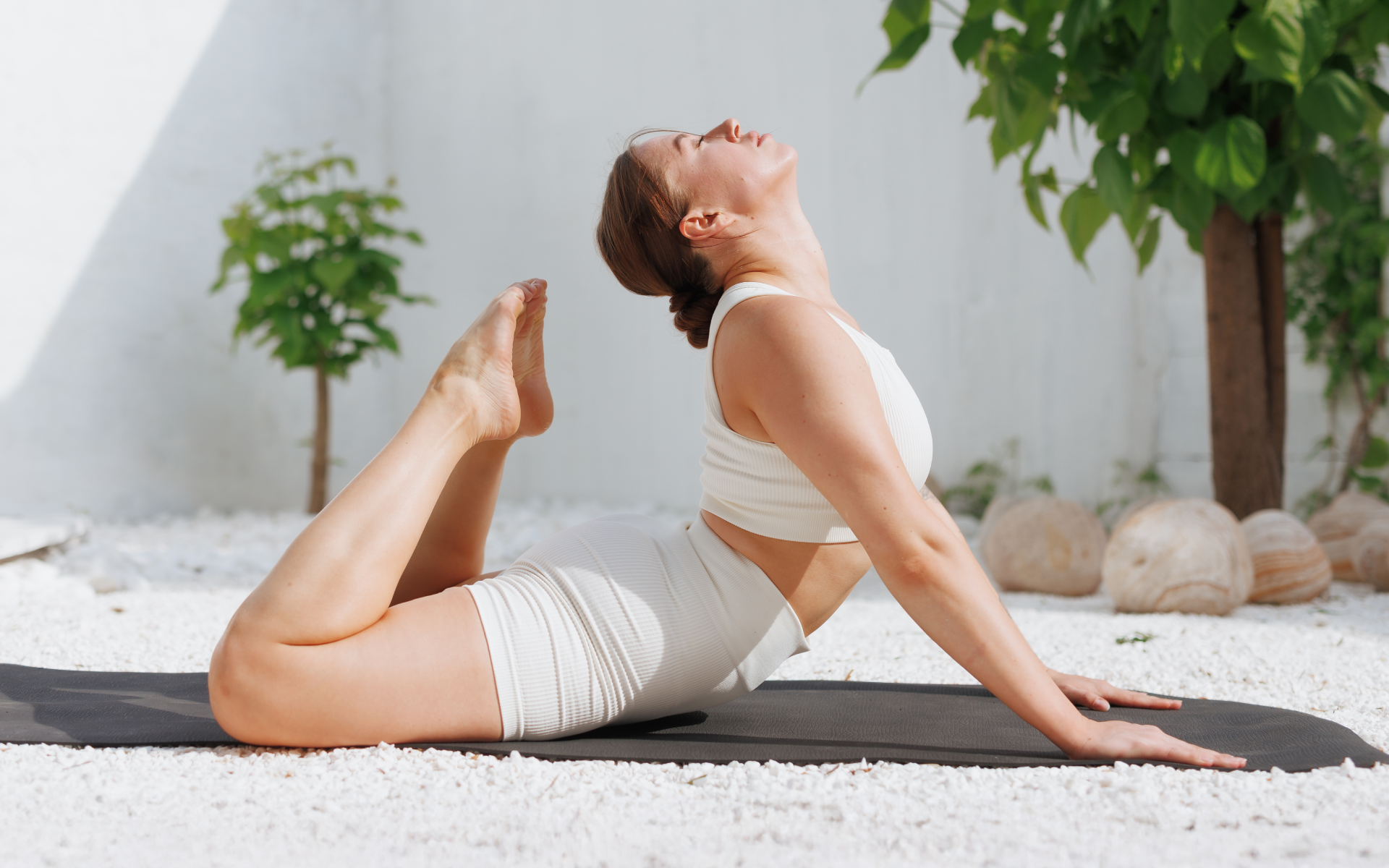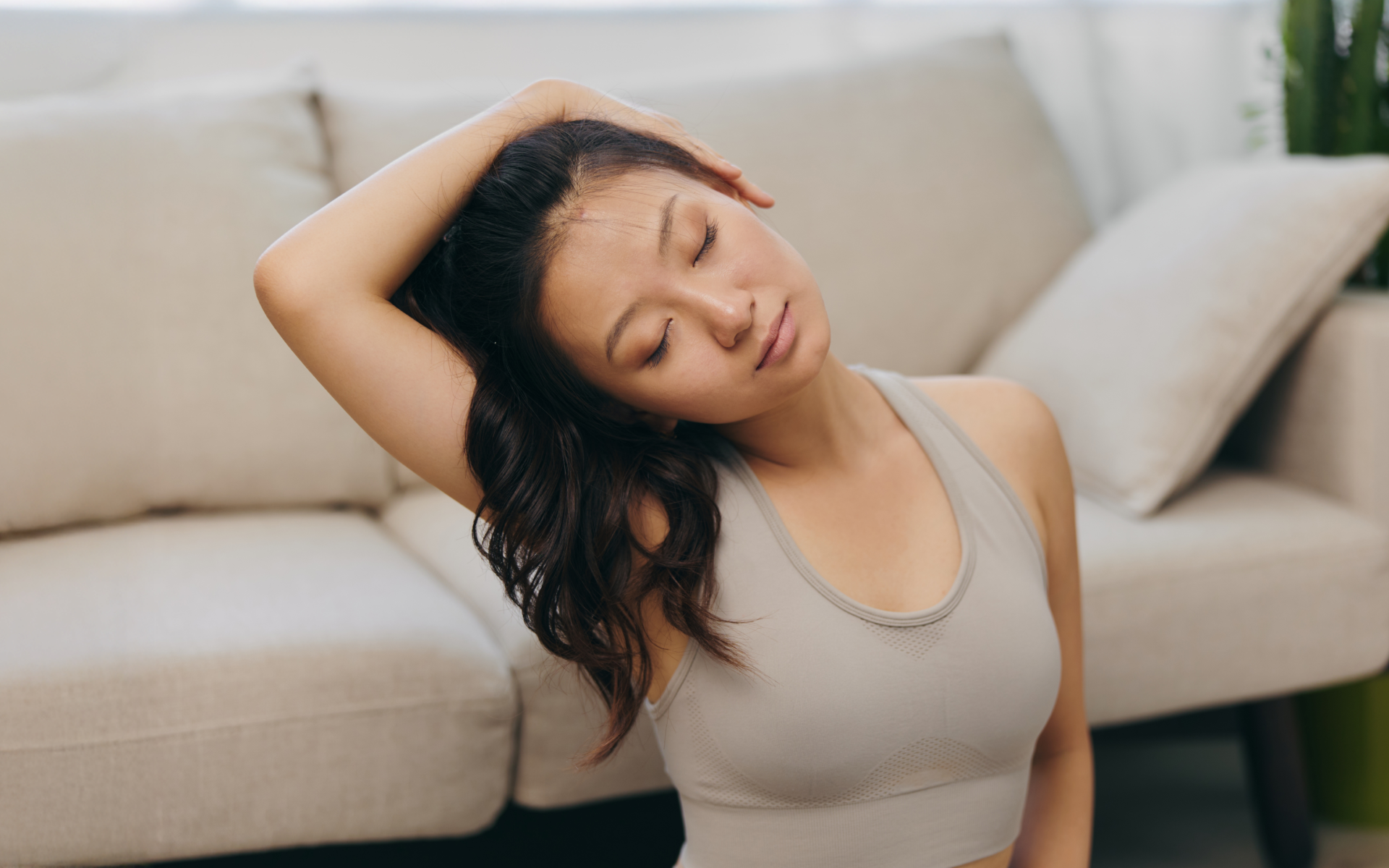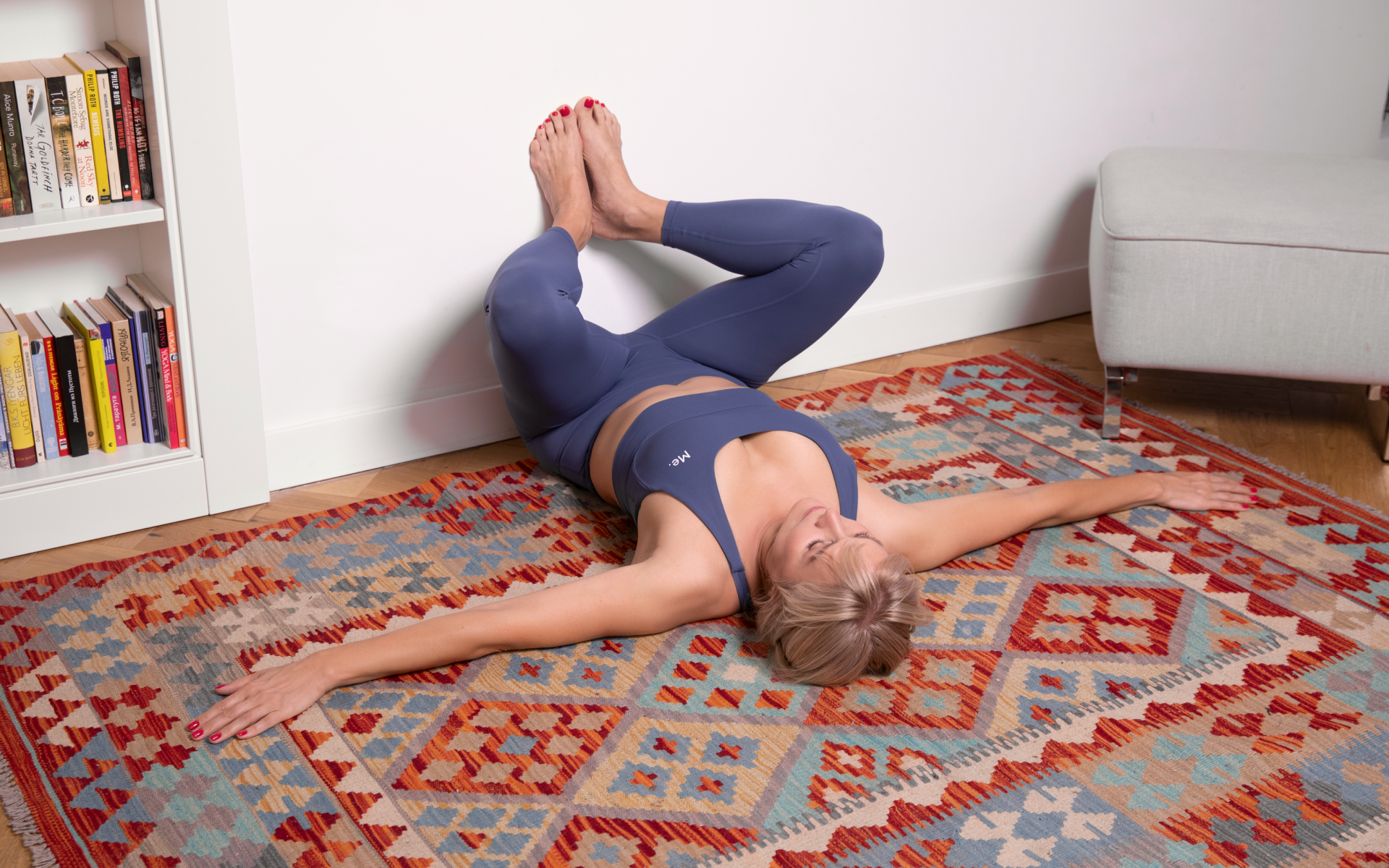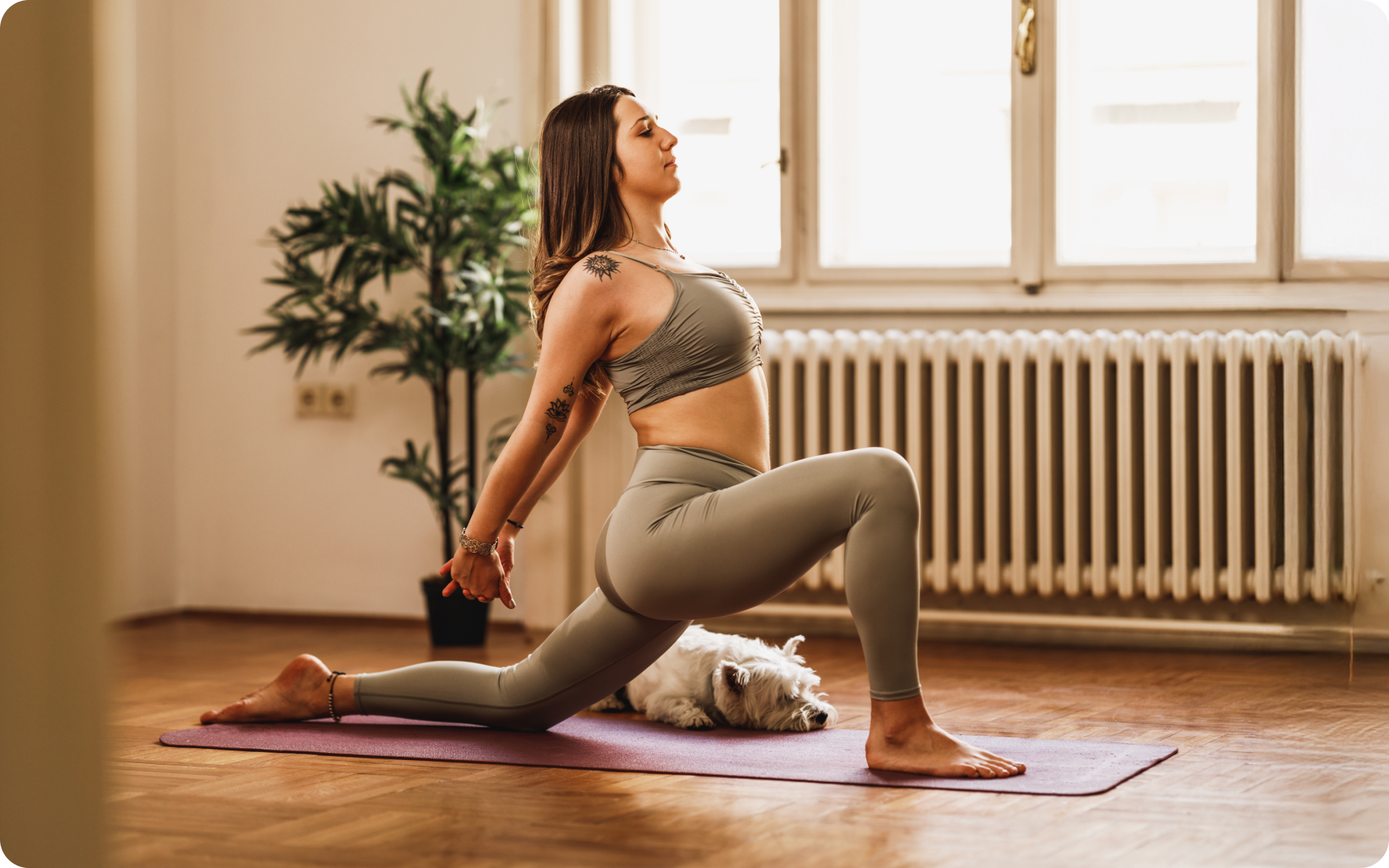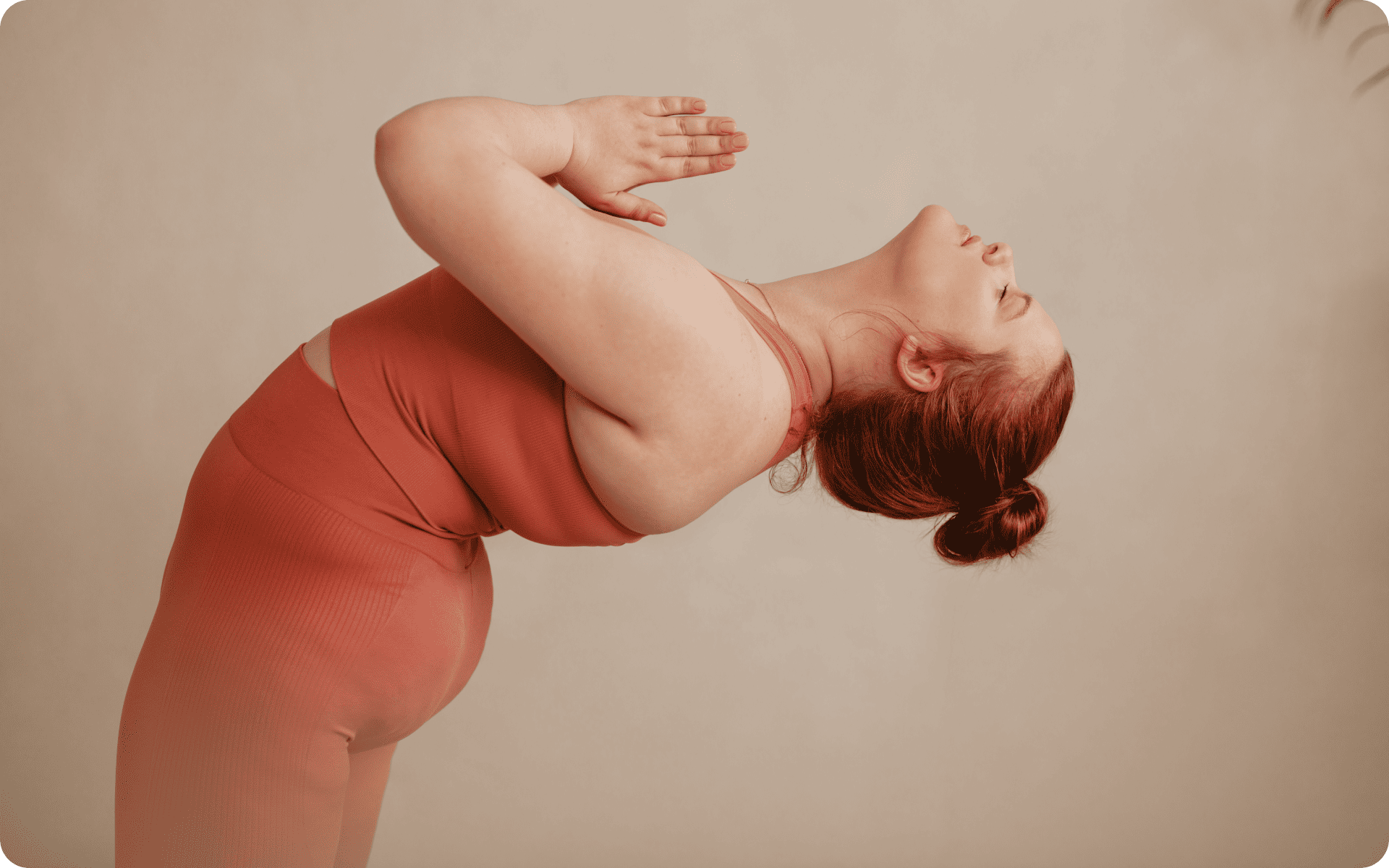Beach yoga is a modern-day answer to finding serenity amidst our fast-paced lives. As summer unfolds its vibrant colors, the call of the ocean becomes irresistible. What better way to embrace the season than by combining the tranquility of the beach with the revitalizing energy of yoga? Picture yourself on soft sands, under a vast, clear sky, with the rhythmic sound of waves gently lapping against the shore. This setting not only enhances your yoga experience but also connects you deeply with nature. Our list of 10 Beach Yoga Poses aims to introduce you to this ethereal experience, guiding you towards a Zen summer. Whether you’re a seasoned yogi or only a beginner, these poses will help you stretch, strengthen, and soak up the sun in the most soulful way possible.
Sukhasana (Easy Pose)
Sukhasana, or the Easy Pose, is a comfortable seated position that aids meditation and Pranayama. It opens the hips, lengthens the spine, and promotes groundedness and inner calm.
The term “Sukhasana” comes from Sanskrit where “Sukh” means “with ease,” or can also denote happiness or joy – a feeling we strive to foster within ourselves during our yoga practice.
Difficulty Level
- Beginner
Steps
- Begin by sitting cross-legged on your yoga mat.
- Ensure your back and neck are straight.
- Rest your hands on your knees.
- Close your eyes and focus on your breathing.
If you wish to free yourself from all the extra pounds that have been weighting you down for way too long, start using the BetterMe app and overhaul your entire life!
Ashta Chandrasana (High Lunge Pose)
Ashta Chandrasana, or High Lunge Pose, is an excellent pose for stretching the chest and lungs, shoulders and neck, belly, groins (psoas), and the muscles of the back. It also strengthens the thighs, calves, and ankles.
Difficulty Level
- Intermediate
Steps
- Stand upright on your mat and step your right foot forward.
- Bend your right knee until it’s directly above your right ankle.
- Extend your left leg behind you, keeping the ball of your left foot on the ground and your heel lifted.
- Reach your arms overhead, keeping your shoulders down.
- Look forward or up towards your hands.
Read more: Intermediate Yoga Poses: Putting A Fun Yet Challenging Spin On Your Yoga Routine
Virabhadrasana I (Warrior I Pose)
Virabhadrasana I, or Warrior I Pose, stretches the chest and lungs, shoulders, neck, belly, and groins (psoas). It strengthens the shoulders and arms, and the muscles of the back. It also strengthens and stretches the thighs, calves, and ankles.
Difficulty Level:
- Beginner-Intermediate
Steps
- Stand upright on your mat and step your right foot forward, about 4 to 5 feet.
- Turn your left foot in slightly to the right and your right foot out to the right 90 degrees.
- Align your right heel with the heel of your left foot.
- Bend your right knee over the right ankle, so that the shin is perpendicular to the floor.
- Reach your arms upwards towards the sky.
Virabhadrasana II (Warrior II Pose)
Virabhadrasana II, or Warrior II Pose, stretches and strengthens the legs and ankles. It stimulates abdominal organs and increases stamina.
Difficulty Level
- Beginner-Intermediate
Steps
- Stand upright on your mat and step your feet wide apart, about 4 to 5 feet.
- Turn your right foot out to the right 90 degrees and your left foot slightly to the right.
- Align your right heel with the heel of your left foot.
- Bend your right knee over the right ankle, so that the shin is perpendicular to the floor.
- Stretch your arms out to the sides, parallel to the floor.
Pincha Mayurasana (Feather Peacock Pose)
Pincha Mayurasana, or Feather Peacock Pose, strengthens the shoulders, arms, and back. It improves balance and focuses the mind.
Difficulty Level
- Advanced
Steps
- Kneel on your mat and place your elbows on the floor shoulder-width apart.
- Interlock your fingers to form a cup with your hands.
- Tuck your toes under and lift your hips up towards the ceiling.
- Walk your feet in towards your elbows.
- Kick one leg up towards the ceiling followed by the other leg.
- Balance your body weight on your forearms and shoulders.
Adho Mukha Svanasana (Downward-Facing Dog)
Adho Mukha Svanasana, or Downward-Facing Dog, stretches the shoulders, hamstrings, calves, arches, and hands. It strengthens the arms and legs.
Difficulty Level
- Beginner
Steps
- Start on your hands and knees on your mat.
- Spread your fingers wide and press your palms into the mat.
- Tuck your toes under and lift your hips up towards the ceiling.
- Press your heels down towards the mat.
- Keep your head between your upper arms.
Urdhva-Mukha-Svanasana (Upward Facing Dog)
Urdhva-Mukha-Svanasana, or Upward Facing Dog, stretches the chest and lungs, shoulders, and abdomen. It firms the buttocks and stimulates abdominal organs.
Difficulty Level
- Beginner
Steps
- Lie face-down on your mat.
- Bend your elbows and spread your hands on the floor beside your waist.
- Inhale and press your inner hands firmly into the floor and slightly back, as if you were trying to push yourself forward along the floor.
- Straighten your arms and simultaneously lift your torso up and your legs a few inches off the floor.
Ustrasana (Camel Pose)
Ustrasana, or Camel Pose, stretches the entire front of the body, the ankles, thighs and groins, abdomen and chest, and throat. It also stretches the deep hip flexors (psoas).
Difficulty Level
- Intermediate
Steps
- Kneel on your mat with your knees hip width apart.
- Press your shins and the tops of your feet into the floor.
- Lean back, with your chin near your chest, and reach back to hold your heels.
- Lift your hips towards the ceiling.
- Keep your head in a neutral position, or allow it to drop back without straining or crunching the back of your neck.
Vrksasana (Tree Pose)
Vrksasana, or Tree Pose, stretches the thighs, groins, torso, and shoulders. This pose builds strength in the ankles and calves, and tones the abdominal muscles.
Difficulty Level
- Beginner
Steps
- Stand upright on your mat.
- Shift your weight onto your right foot.
- Bend your left knee and place the sole of your left foot on your inner right thigh.
- Press your hands together in prayer position in front of your chest.
- Look forward or up towards the ceiling.
BetterMe app will provide you with a host of fat-frying fitness routines that’ll scare the extra pounds away and turn your body into a masterpiece! Get your life moving in the right direction with BetterMe!
Halasana (Plow Pose)
Halasana, or Plow Pose, stretches the shoulders and spine. It stimulates the abdominal organs and the thyroid gland.
Difficulty Level
Intermediate-Advanced
Steps
- Lie flat on your back on your mat.
- Use your abdominal muscles to lift your legs and hips up off the floor and bring your torso perpendicular to the floor.
- Slowly lower your legs over your head.
- Try to touch the ground behind your head with your toes.
- Keep your hands flat on the ground or clasp them together.
What’s a Good Beach Yoga Sequence?
Here is a suggested beach yoga sequence:
- Sukhasana (Easy Pose): Begin your practice with this calming seated pose. It helps to ground you and prepare your mind for the poses to follow.
- Adho Mukha Svanasana (Downward-Facing Dog): Transition from Sukhasana to Downward-Facing Dog. This pose stretches and strengthens the entire body.
- Ashta Chandrasana (High Lunge Pose): Step one foot forward from Downward-Facing Dog into High Lunge Pose. It strengthens the legs and improves balance.
- Virabhadrasana I (Warrior I Pose): Open up from High Lunge Pose into Warrior I. This pose stretches the front side of the body while strengthening the legs, ankles, and shoulders.
- Virabhadrasana II (Warrior II Pose): From Warrior I, open up your hips and arms to transition into Warrior II. This pose continues to build strength in the legs and ankles while opening up the chest and shoulders.
- Vrksasana (Tree Pose): Transition to a standing position and move into Tree Pose. It improves balance and strengthens the legs.
- Ustrasana (Camel Pose): Kneel on your mat and perform Camel Pose. This pose stretches the front of the body, particularly the chest, abdomen, and quadriceps.
- Pincha Mayurasana (Feather Peacock Pose): If it’s within your practice, transition from Camel Pose to Feather Peacock Pose. This advanced pose strengthens the arms, shoulders, and back while improving balance.
- Urdhva-Mukha-Svanasana (Upward Facing Dog): Lower yourself from Feather Peacock Pose (or from a prone position if the previous pose isn’t part of your practice) into Upward Facing Dog. The upper body and spine will be strengthened while stretching the chest and abdomen.
- Halasana (Plow Pose): From Upward Facing Dog, roll onto your back and move into Plow Pose. This pose stretches the spine and shoulders.
Is It Good To Do Yoga On The Beach?
Yes, it is good to do yoga on the beach. Doing yoga outdoors in nature can be incredibly calming and meditative, while also giving you a chance to connect with your environment.
The combination of the fresh air, sound of waves crashing down and sand beneath your feet can help create an atmosphere that’s both relaxing and energizing. It’s also great for people who may not have access to a studio or traditional yoga classes.
Why Is Yoga At The Beach Important?
Doing yoga on the beach can be a wonderful experience, offering several benefits that you might not get in a traditional indoor setting. Here are some reasons why beach yoga is beneficial:
Connection with Nature
Practicing yoga outdoors allows you to connect with nature. The sounds of waves crashing, the feel of warm sand under your feet, and the sight of the ocean can enhance your sense of peace and tranquility.
Increased Challenge
The uneven and shifting surface of the sand increases the physical challenge of the poses, encouraging you to engage your core more and enhancing your balance and stability.
Vitamin D Boost
Doing yoga under the open sky can help your body produce Vitamin D, which is essential for bone health and immune function (4).
Fresh Air
Breathing in fresh ocean air can be invigorating and refreshing. It’s also a great way to practice deep breathing and mindfulness.
Stress Relief
The natural environment of the beach can help reduce stress levels. The sound of waves has a calming effect that can aid in relaxation and stress relief (2).
However, it’s important to also consider some potential downsides. Sun protection is crucial when practicing yoga on the beach to prevent sunburn. Additionally, those with allergies may react to outdoor elements like pollen or sand.
Lastly, public beaches can sometimes be loud and crowded, which might disrupt your peace during yoga practice. Therefore, choose your beach and timing wisely to enjoy the most benefits.
Do You Use a Mat for Yoga On The Beach?
While it’s possible to use a yoga mat on the beach, it’s not always necessary or practical. The uneven and shifting surface of the sand makes balancing on a mat difficult. Additionally, sand can easily get onto your mat and make it slippery.
For beach yoga, many people prefer to use a large towel, a blanket, or even directly practice on the sand. Practicing directly on the sand can provide a unique challenge for balance and strength while also offering a natural cushion for your body.
However, if you prefer to use a mat, consider investing in a mat specifically designed for outdoor use, which is typically more durable and easier to clean.
How Do You Set Up Beach Yoga?
Setting up beach yoga involves a few simple steps:
Choose the Right Spot
Find a flat and clean spot on the sand. You want to be near the water, but not so close that you’ll be washed away with the tide. A bit of shade would be ideal to avoid sunburn.
Bring a Mat or Towel
Sand can get hot, and it sticks to sweaty skin. A yoga mat or large towel can give you a solid base for your poses. If you’re using a mat, choose one that’s thick enough to provide comfort but light enough to carry easily.
Dress Appropriately
Wear comfortable, breathable clothing that allows freedom of movement. Don’t forget your sunscreen and sunglasses!
Stay Hydrated
Bring plenty of water to drink before, during, and after your session. The sun and salt air can dehydrate you quickly.
Warm Up
Start with a few minutes of light cardio (like a brisk walk along the shore) to warm up your muscles and prepare them for stretching.
Plan Your Session
Decide ahead of time which poses you’ll be doing. It’s best to start with simpler poses and gradually move to more challenging ones.
Mind Your Surroundings
Be aware of the tide, sun, wind, and nearby people or objects. Safety should always be your top priority.
Cool Down
Finish your session with some gentle stretches and a few minutes of relaxation in Savasana (corpse pose). This will help your body to cool down and your mind to absorb the benefits of your practice.
Clean Up
Leave no trace behind. Pick up any trash or belongings before you leave.
Frequently Asked Questions
Is Beach Yoga Hard?
Yes, beach yoga can be challenging due to the uneven and shifting surface of the sand. Standing poses and balance-focused asanas may be more difficult to execute compared to practicing them on a solid, flat surface like a yoga studio floor. However, the extra challenge can also help improve your balance, core strength, and focus over time.
Is Yoga Better Than Swimming?
Both yoga and swimming have unique benefits and neither is definitively “better” than the other. Yoga is excellent for improving flexibility, balance, and strength, and it can also help reduce stress and enhance mindfulness (3).
Swimming, on the other hand, is a full-body workout that improves cardiovascular health, tones muscles, and builds endurance (1). It’s also low-impact, which makes it a great option for people of all ages and fitness levels. Both activities complement each other well, and incorporating both into your fitness routine can provide a well-rounded approach to physical and mental health.
Should I Swim or Do Yoga First?
The order in which you do yoga and swimming depends on your personal goals. If your primary aim is to increase flexibility and warm up your body before a strenuous workout, doing yoga first would be better.
The stretching and balancing poses can prepare your muscles and joints for the activity to follow. On the other hand, if you’re looking to relax and cool down after a vigorous swimming session, doing yoga afterwards can help slow your heart rate and stretch out worked muscles. Always listen to your body and do what feels best for you.
Read more: How Many Calories Does Swimming Burn?
The Bottom Line
Embrace the tranquility of the beach this summer by incorporating these 10 yoga poses into your routine. Not only will they help you achieve a state of Zen, but they’ll also strengthen your body and enhance your balance.
DISCLAIMER:
This article is intended for general informational purposes only and does not serve to address individual circumstances. It is not a substitute for professional advice or help and should not be relied on for making any kind of decision-making. Any action taken as a direct or indirect result of the information in this article is entirely at your own risk and is your sole responsibility.
BetterMe, its content staff, and its medical advisors accept no responsibility for inaccuracies, errors, misstatements, inconsistencies, or omissions and specifically disclaim any liability, loss or risk, personal, professional or otherwise, which may be incurred as a consequence, directly or indirectly, of the use and/or application of any content.
You should always seek the advice of your physician or other qualified health provider with any questions you may have regarding a medical condition or your specific situation. Never disregard professional medical advice or delay seeking it because of BetterMe content. If you suspect or think you may have a medical emergency, call your doctor.
SOURCES:
- Health benefits of swimming (2022, healthdirect.gov.au)
- The health benefits of the great outdoors: A systematic review and meta-analysis of greenspace exposure and health outcomes (2018, nih.gov)
- Yoga – health benefits (2022, betterhealth.vic.gov.au)
- Vitamin D (2023, harvard.edu)





